Day of the dance, photographing motion
Today is the day of the dance
Today we celebrate International Dance Day (click here for more info). So this is a great reason to write a blog post about photographing motion and some tips.
This day was created to celebrate dance as an art form and inspire people worldwide to dance, move, and express themselves through music and rhythm. In the Netherlands and Belgium, a lot of attention is paid to dance on this day. Dance schools organize open lessons, workshops are given for young and old, and performances and flash mobs take place on squares and in theaters. From classical ballet to hip hop, from modern dance to folk dance – today it’s all about the power of movement and connection.
Dance connects people, brings joy, and is a universal language that needs no words. It is an outlet, a form of expression, and a way to come together, regardless of background or age.
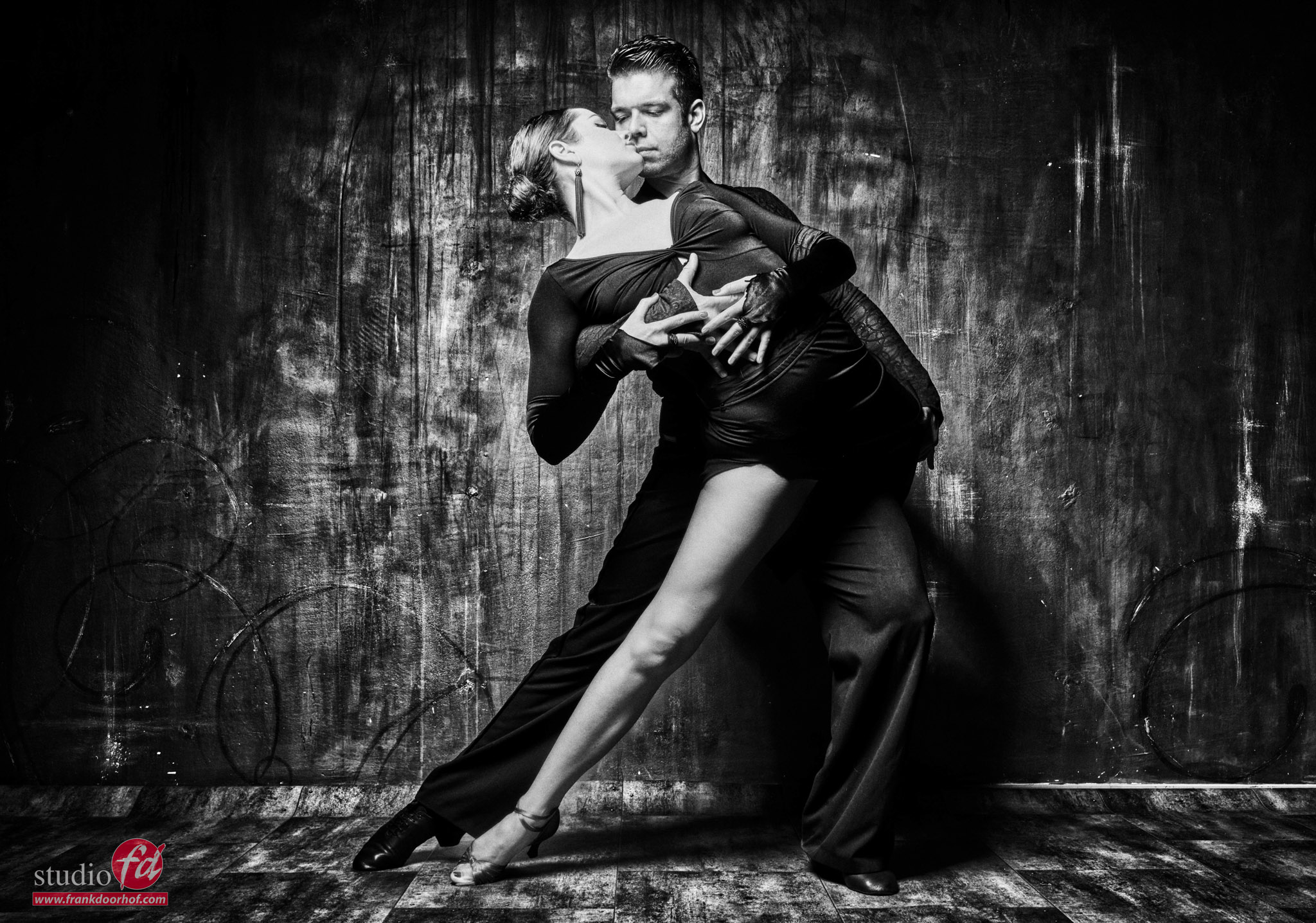
I love photographing motion
For me, adding some motion to a photo always adds so much more than just that motion. Somehow, you just keep looking at the image.
To freeze motion with strobes, you have to make sure you use strobes with a fast flash duration. For most situations, a flash duration of 1/2000 is enough for a proper “freezing the action shot”. Of course, you can also play with this technique. For example, use a fast strobe on the face of the model but use a very slow strobe as an accent to get some nice blurs in the highlights.
The best way to use your strobes when freezing motion
To figure out the best way to use your strobes is much easier than you might expect.
If you by accident, own a Sekonic 858 lightmeter, you can actually measure the flash duration (very cool), but don’t worry if you don’t own one, there is another way.

one of the results from one of my first KelbyOne classes.
Use a fan
Yep, it’s that simple :D. Photographing motion by using a fan.
Set up the fan and use the highest setting.
Now shoot images on the lowest setting and build it up per stop on your strobe untill you hit the maximum output. (Don’t forget to change the aperture).
If you look at your images, you will see that on some settings the blades of the fan are sharper than on other settings. You now know on which setting the strobe has the fastest flash duration and the slowest. Always use that setting when freezing motion, and you’re done.
Remember that you don’t do these tests on HSS, only Manual mode.
Also, remember that in the studio, the shutter speed on the camera is always kept at 1/125, to make sure you can freeze the action as clear as possible always take one shot without strobes to make sure you have no spill light in your studio.
We recorded a “How did I shoot this one” about freezing motion and using a fan.
Need more light?
One of the problems you can and probably will run into is light output.
The main problem with motion is that you are often stuck with a very limited range on your strobes, and in most cases, the fastest flash duration is not on full power but somewhere between 50% and 75%. Now add to this that you want to avoid shooting on F2.8 but preferably use F11-F16, and you already see that we can run into issues with light output. Luckily, we also have solutions for this.
ISO
The first thing you can do is raise your ISO. With modern cameras, it’s absolutely no problem to use ISO800, and with some proper noise reduction, you can easily use ISO1600.
However, especially with commercial work where fine detail is important, I always choose to solve the issue with a proper light shaper, or the lack off.
Light Modifier
For motion, I love the more harsher quality of light for focus. And of course contrast. This does give me a head start because the light-shapers are already more efficient than for example a softbox. Think about this: with a softbox, you use several layers of diffusion material, which takes away light. With a light-shaper like a reflector, you can already see that the material is shiny. Which means that in the reflector, the light is focused via the reflective layer, which gives you a lot more output.
The size of the reflector is just as important as the material that is used inside.
Some of my favorites over the years were the Hensel 14″ spot and the Elinchrom Maxilight/spot, both gave a tremendous amount of extra light. I used them also a lot for outside sessions, and they saved me a lot of batteries 😀
Nowadays I’m using the Geekoto strobes, and the GT200 is a great strobe for outside use and freezing motion. Due to the fact it used a built-in Fresnel lens you get more light output from a standard flash tube. The compact design, in fact it gives more light output than the Geekoto GT250, which in its defense, uses a different flash tube. The design of a Fresnel gives you extra light output, and when used in a light shaper, also gives you a great quality of light, think about the old theater and movie spots.
Fresnel
Which brings me to my favorite light shaper at the moment.
I use it for portraits, fashion, freezing motion, and outside work. It boosts the light output,t and you can focus the light. I’m talking about the Nanlite FL20G Fresnel
In the past, Fresnels were very expensive, but with the Nanlite, you can now get a Fresnel for a ridiculously low price, and thanks to the Bowens mount, you can easily fit it to most strobes out there. So, if you want a great high contrast and high output light shaper make sure to check out the Nanlite Fresnel. (Or any other Fresnel, of course).
Let’s conclude today’s blog post with some dance/motion-inspired images. I love photographing motion and in my workshops I often show this technique to my students.
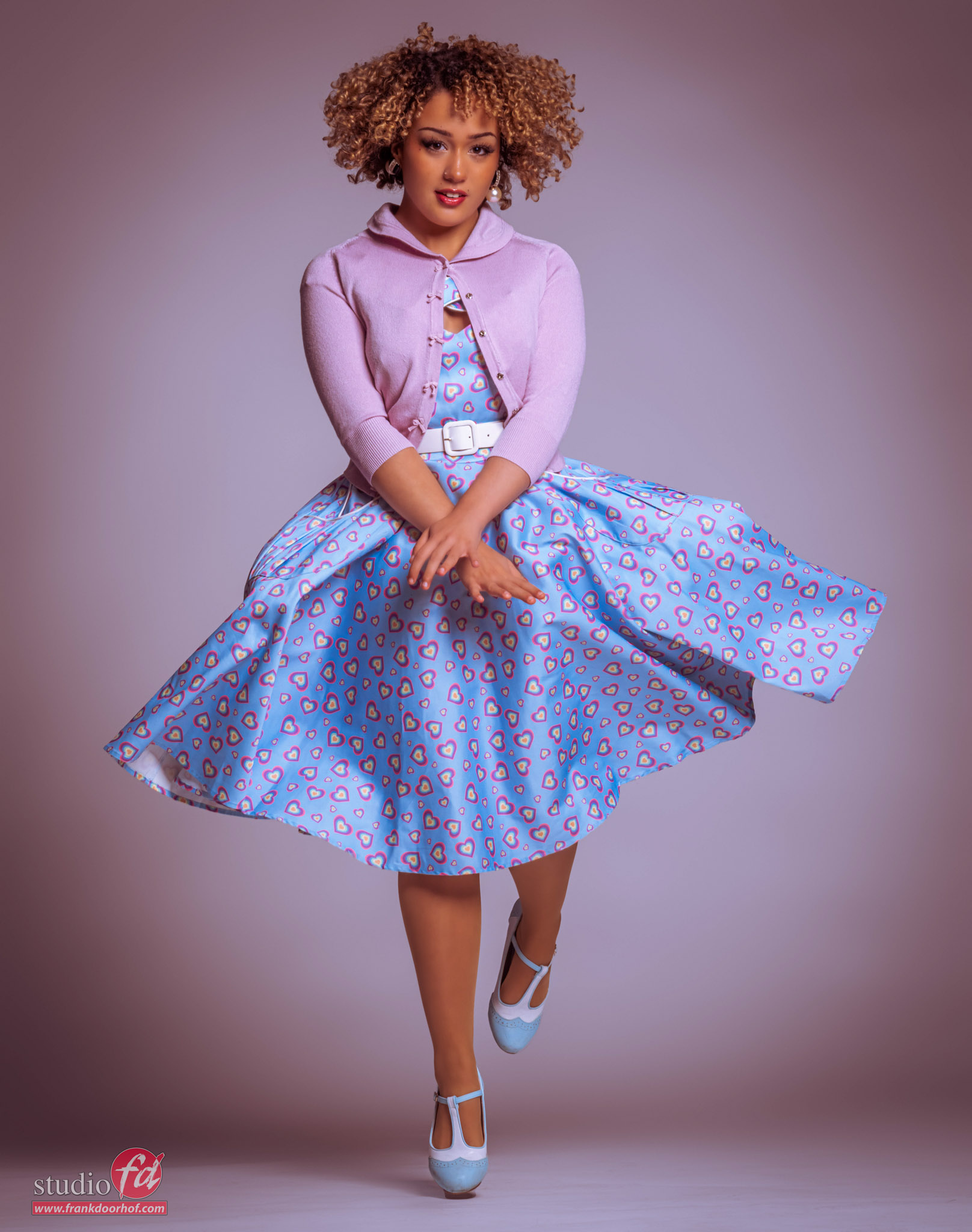

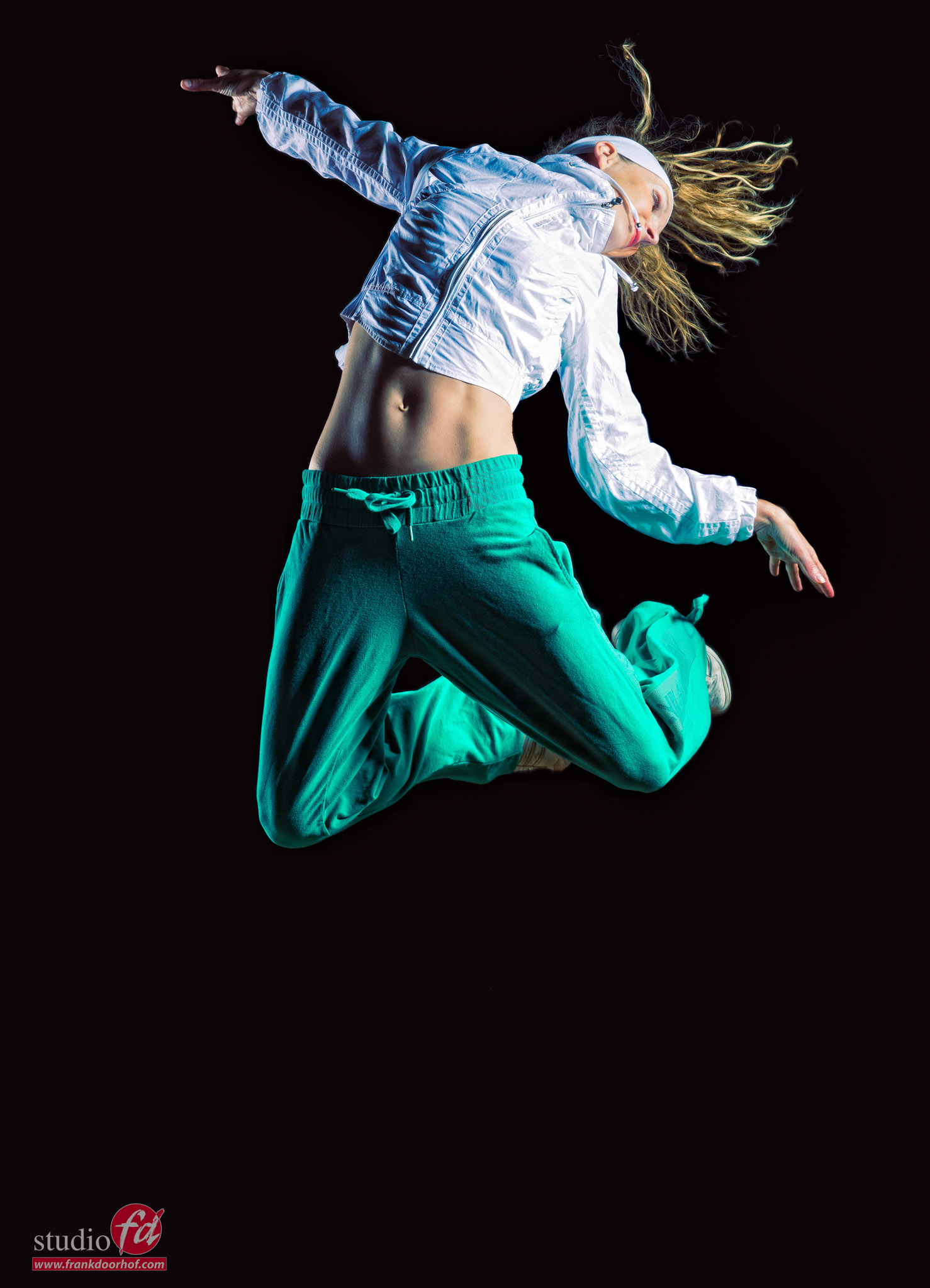
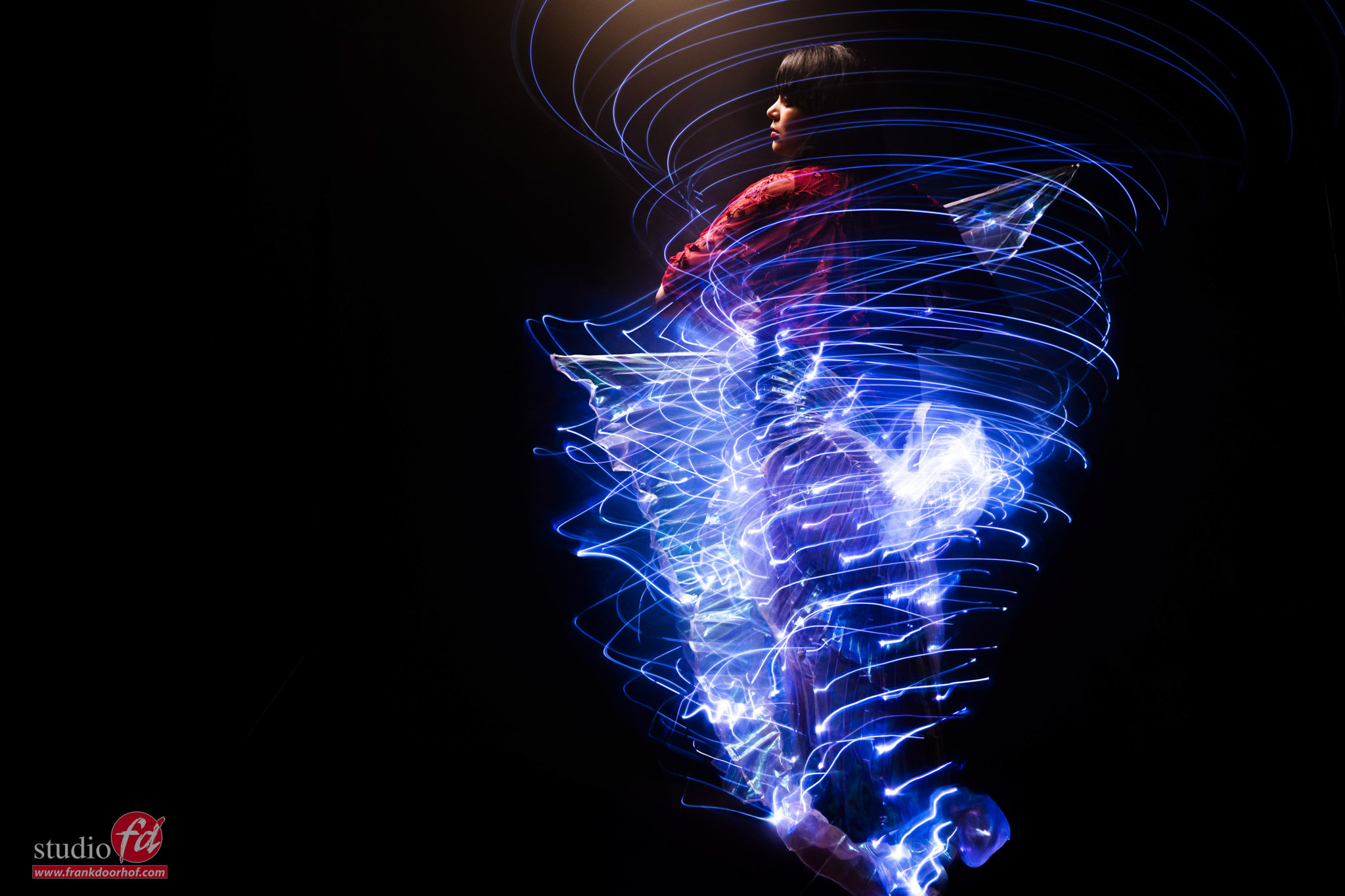
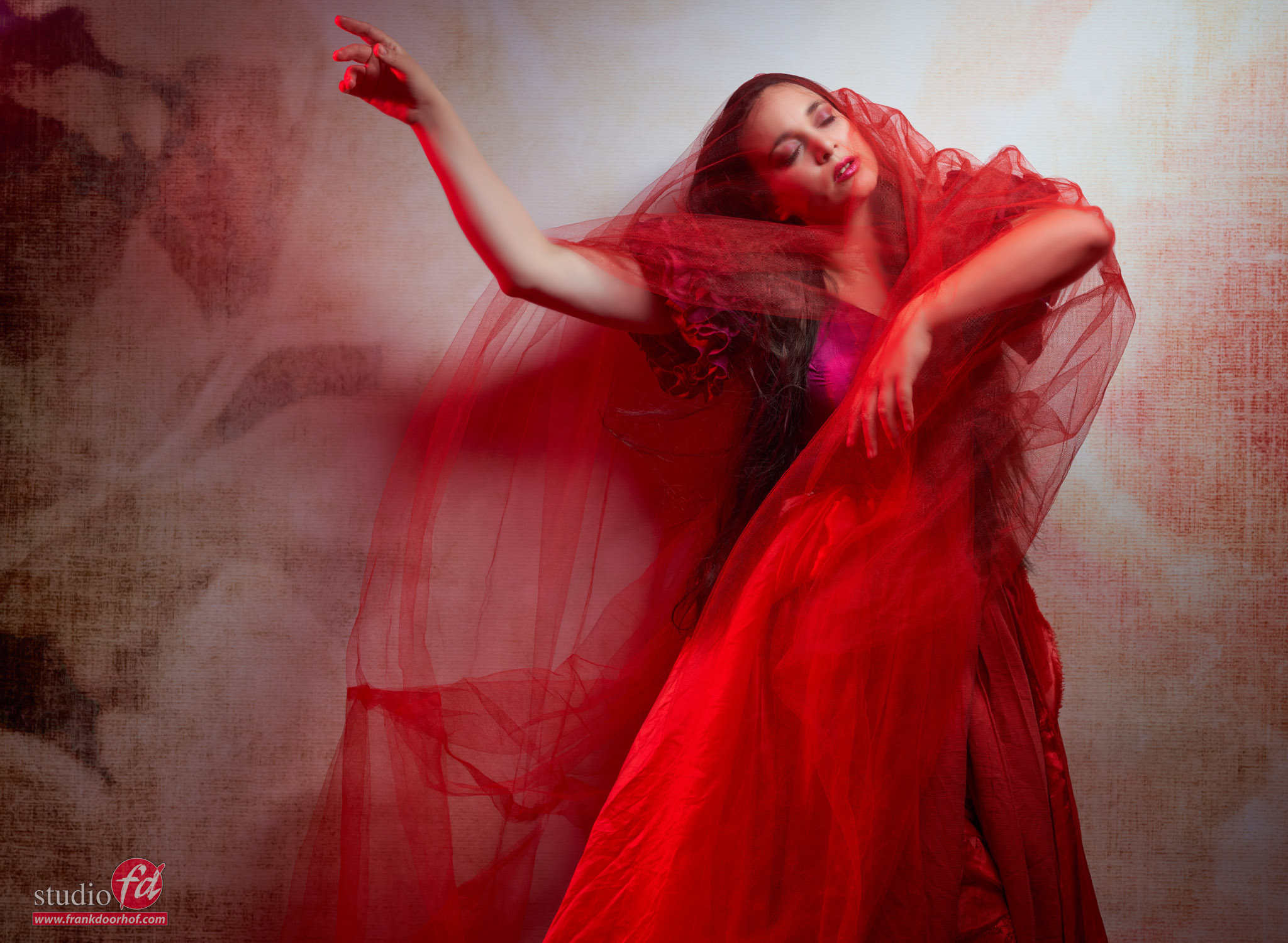

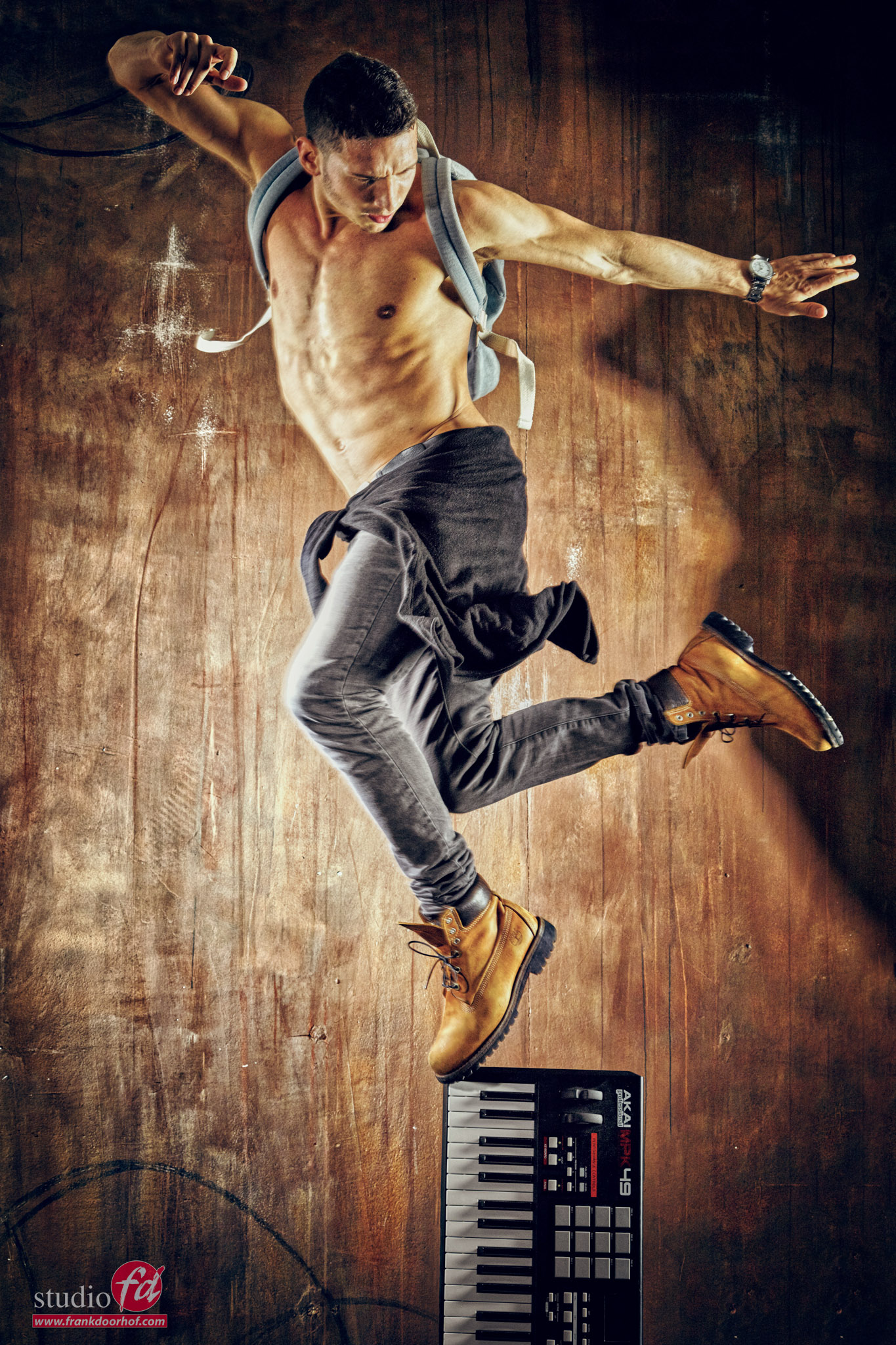
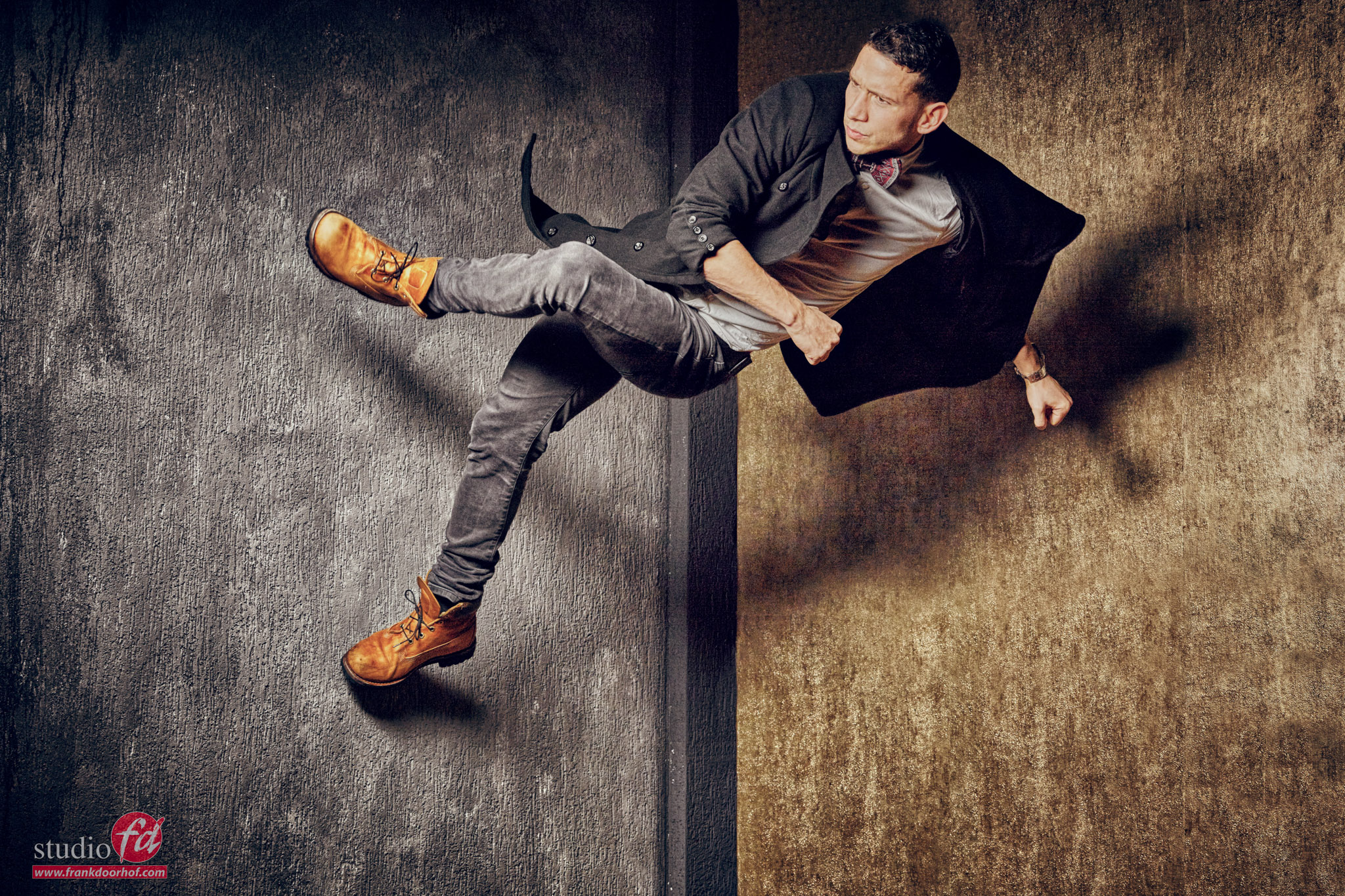
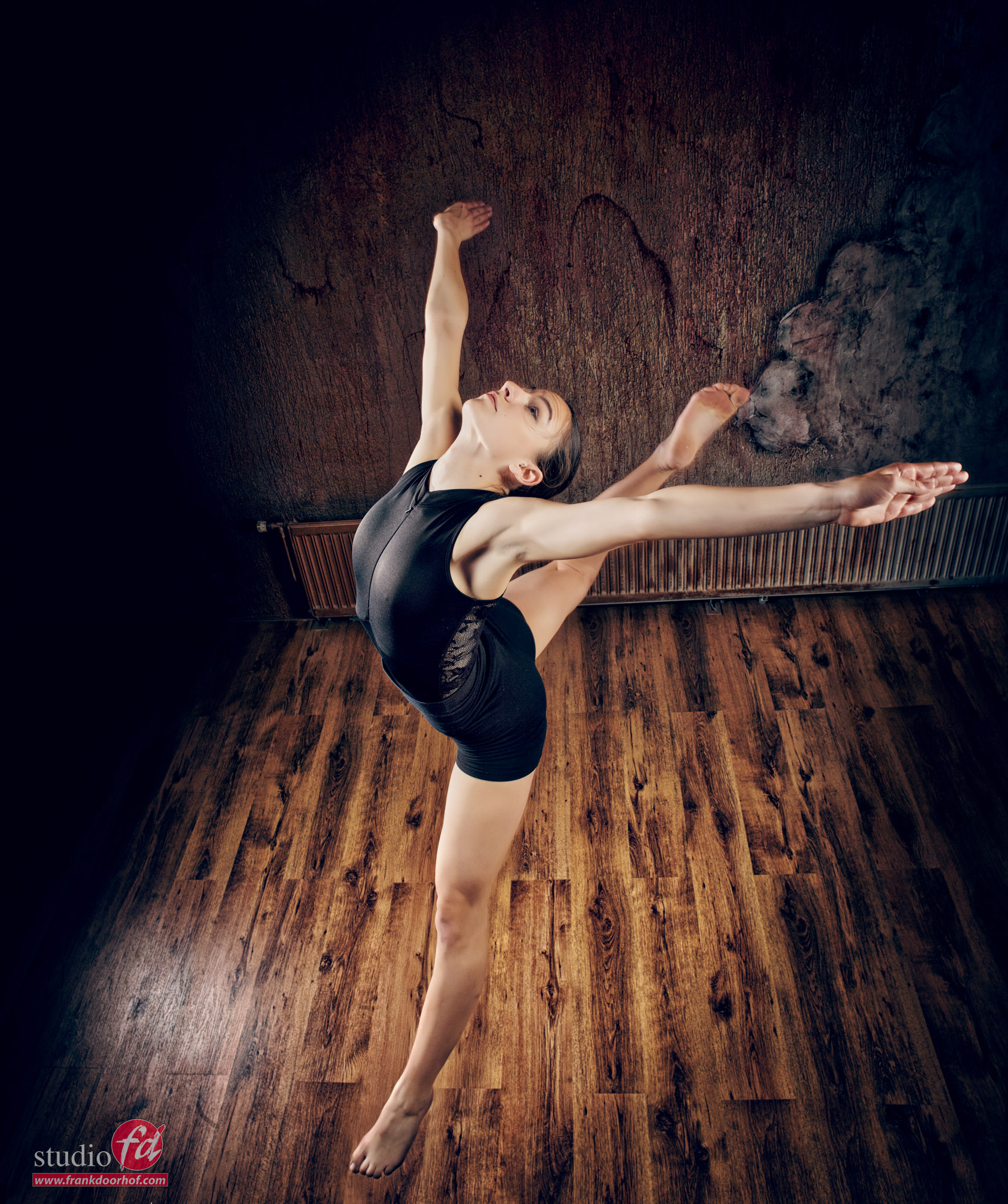
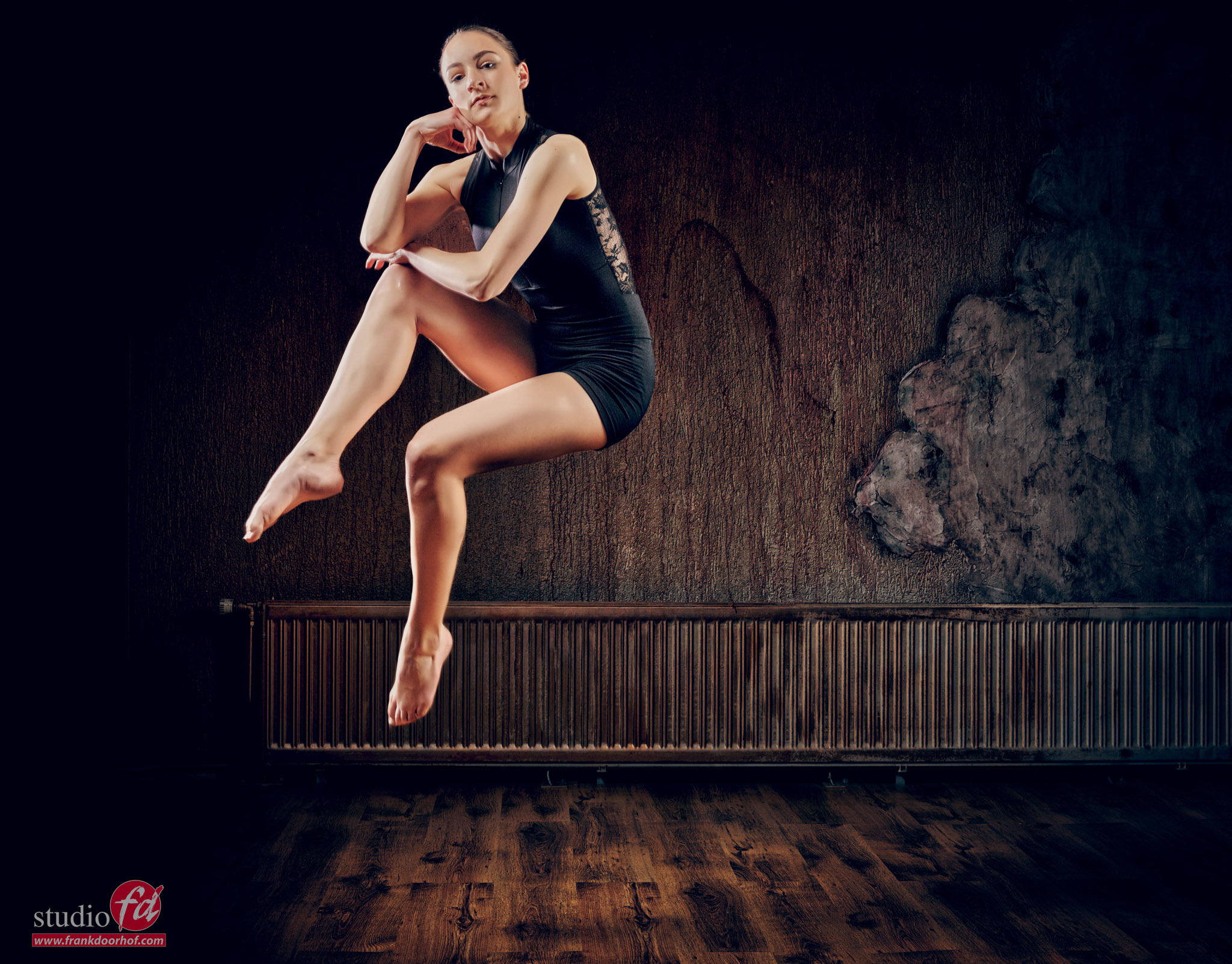
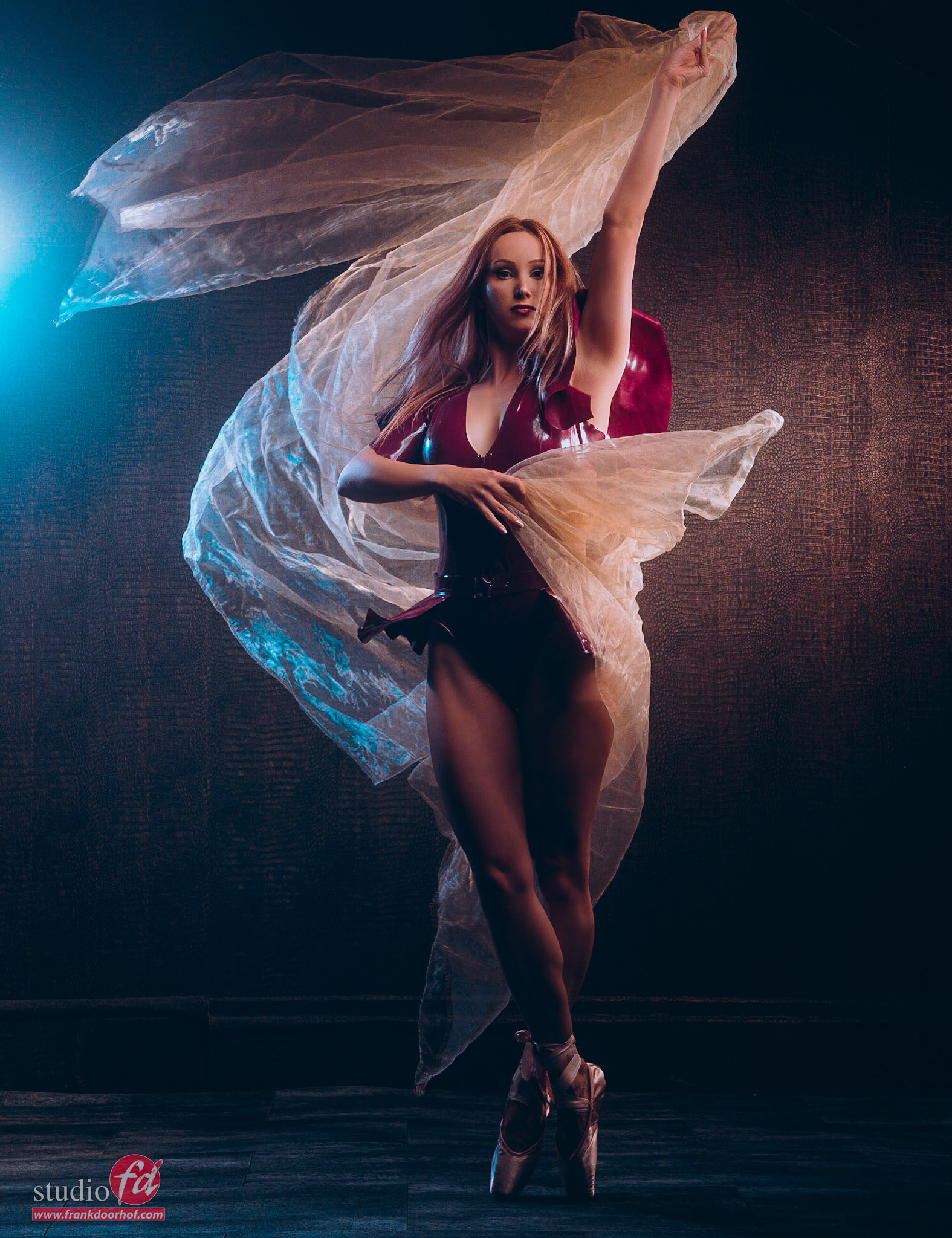

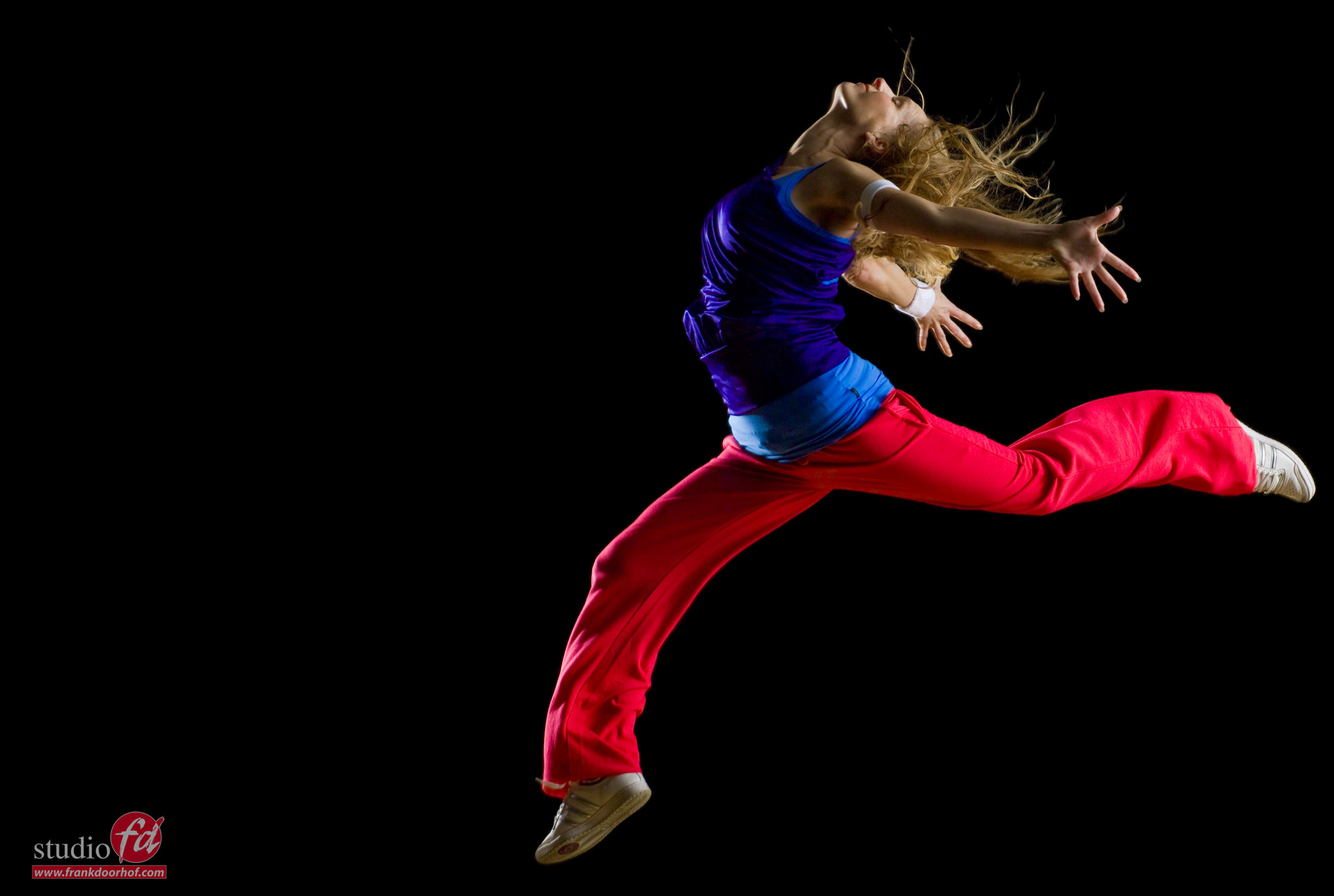

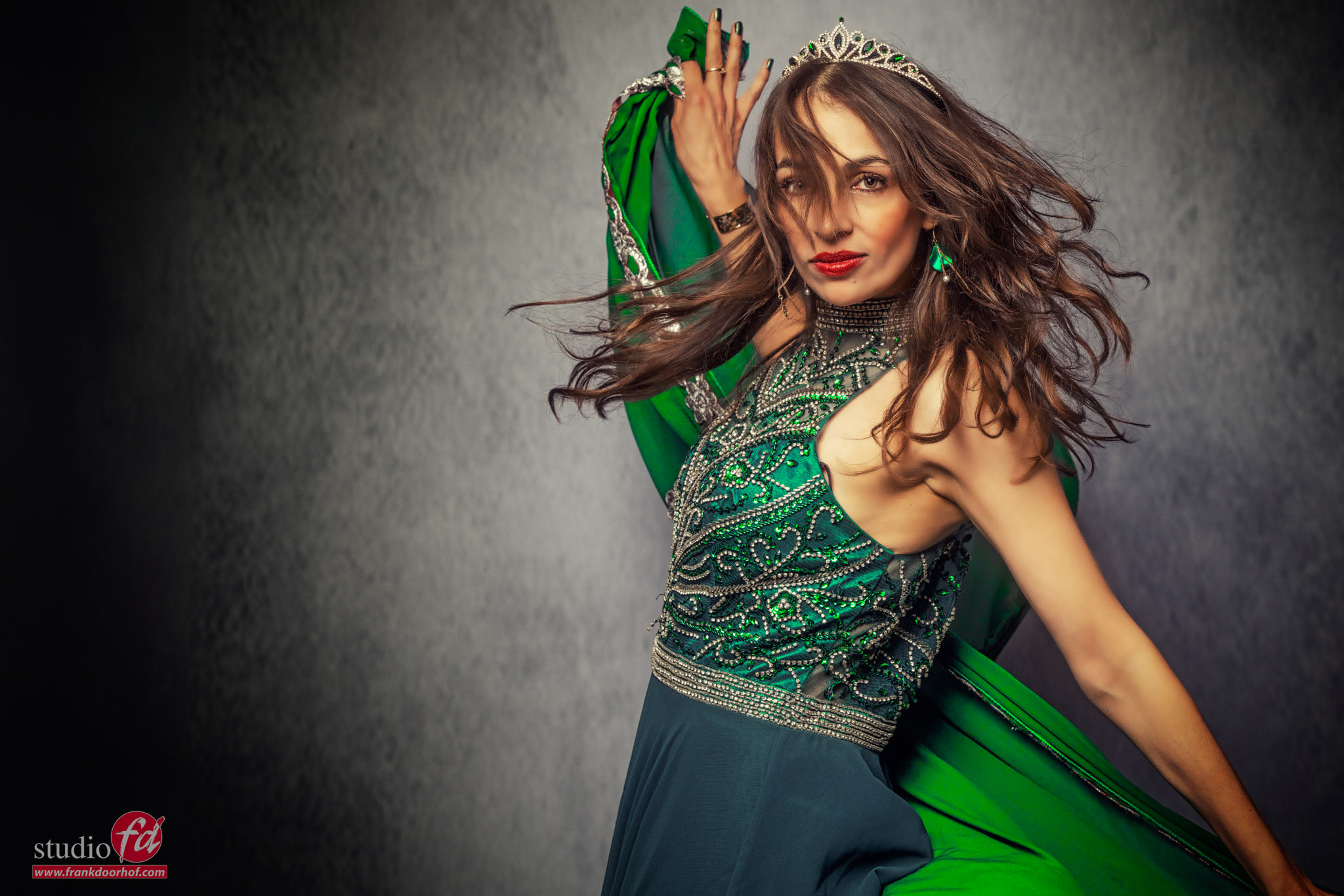
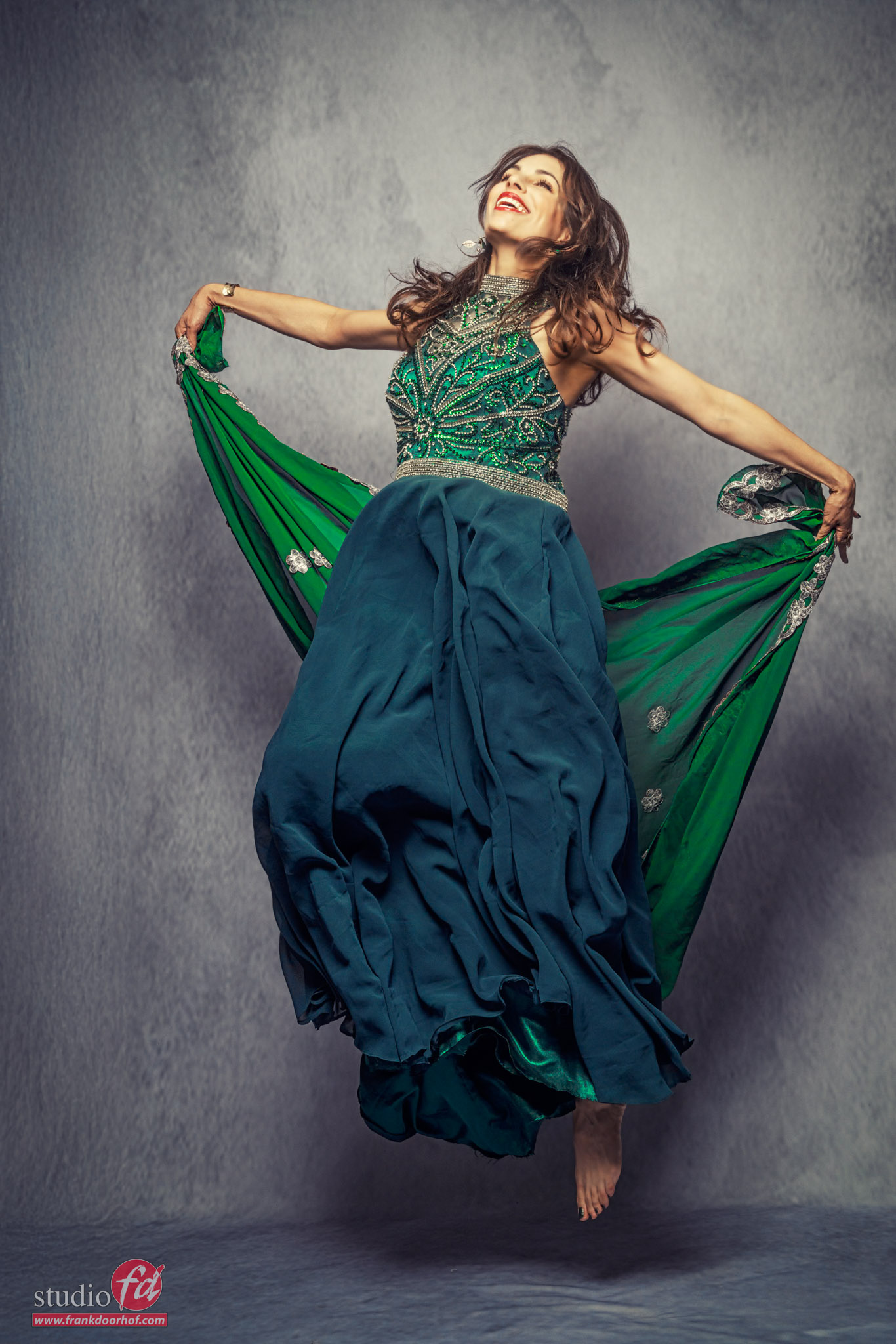
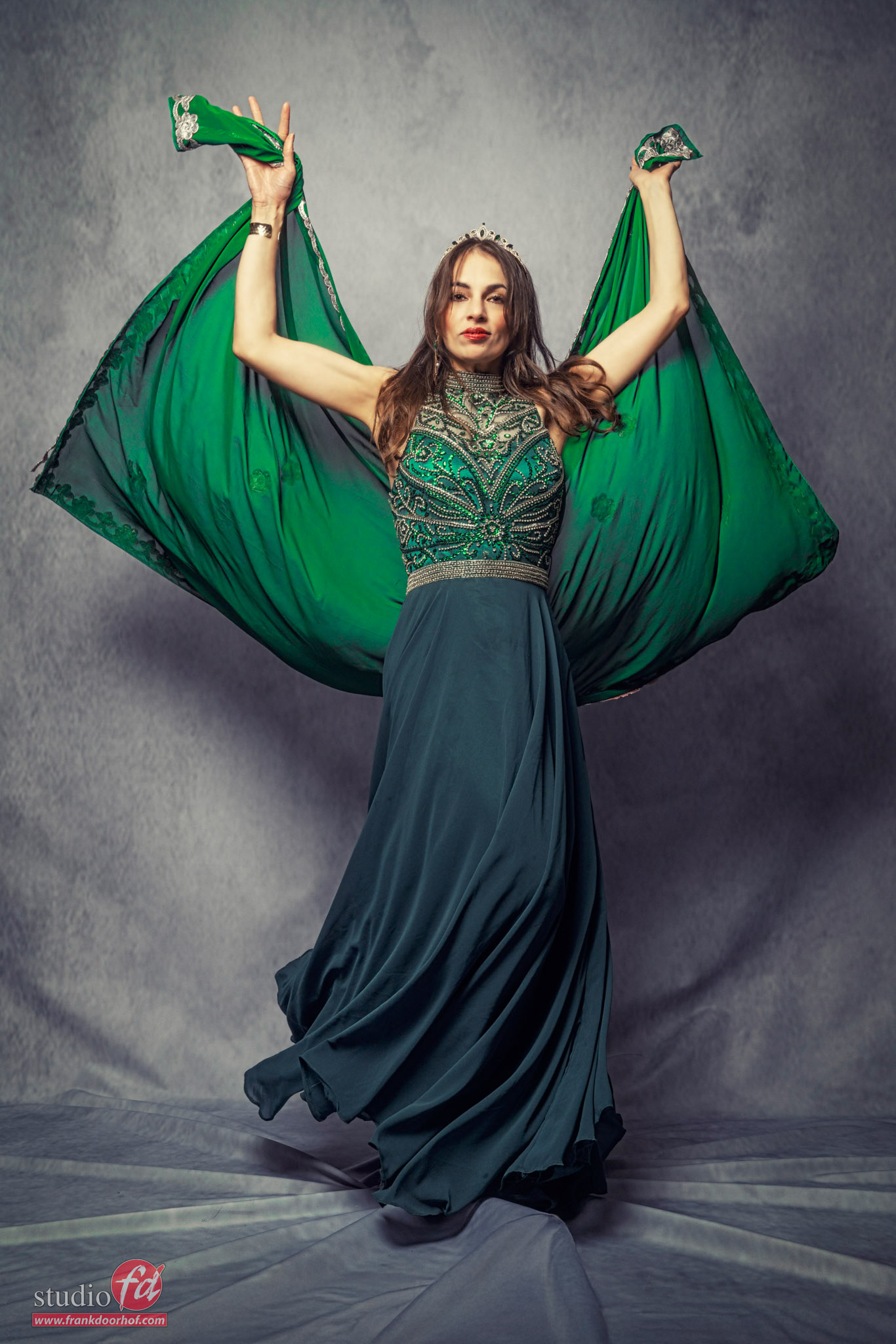
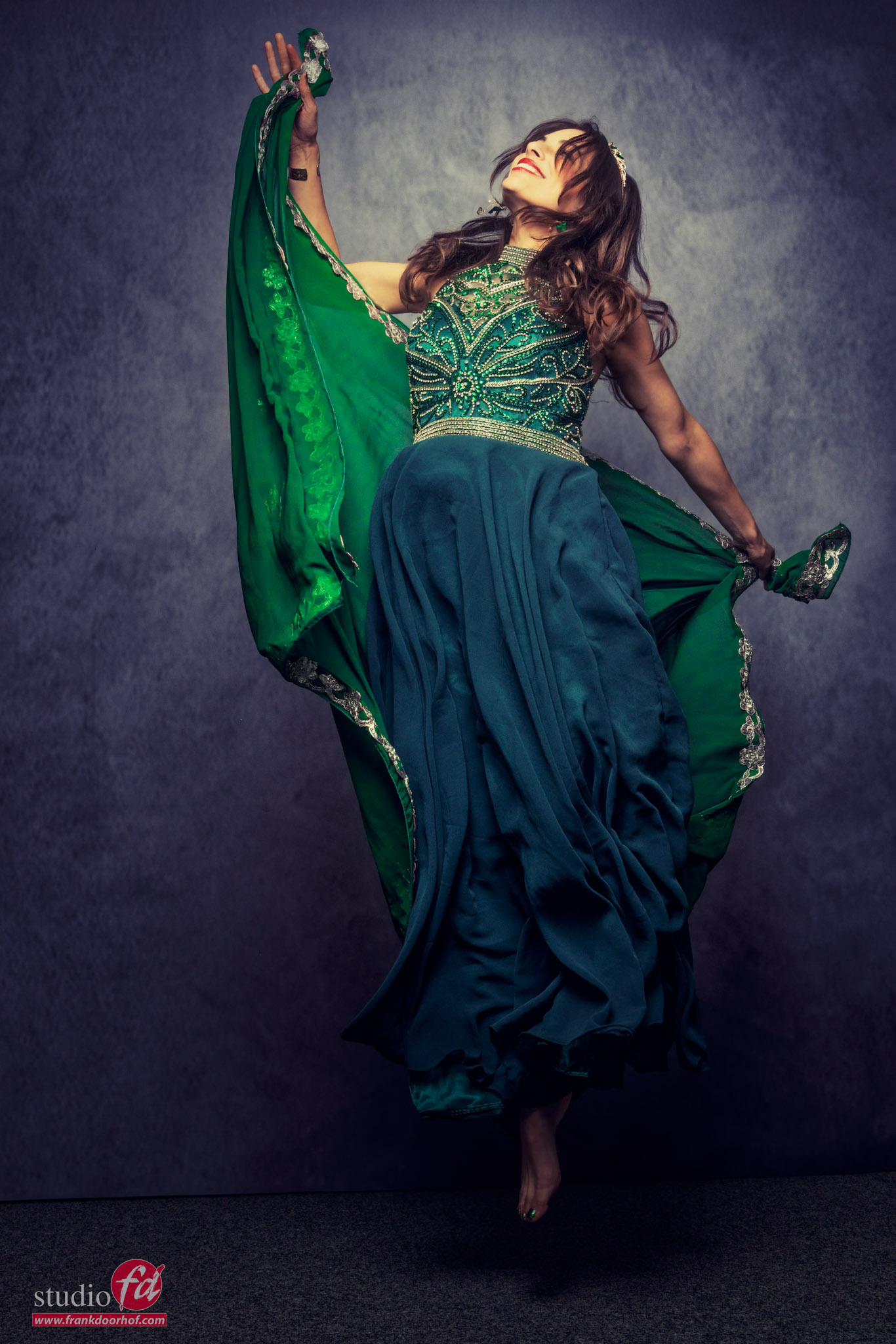

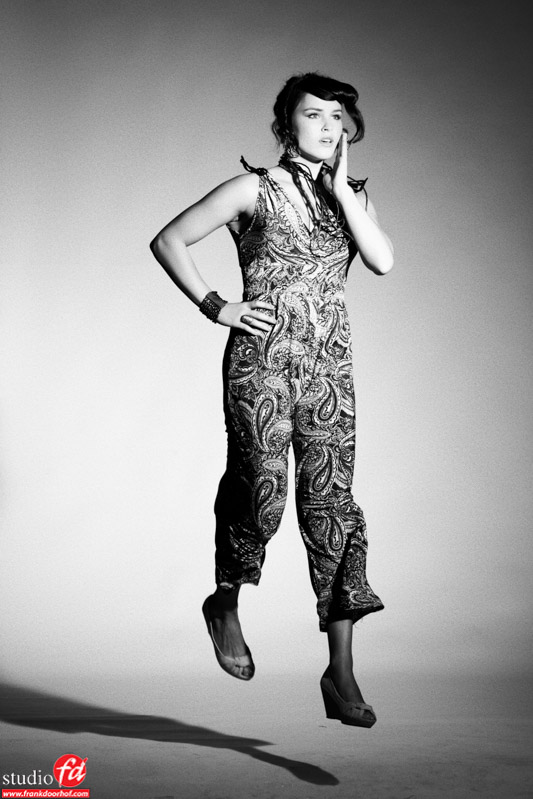
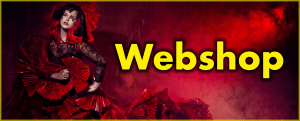
You must be logged in to post a comment.